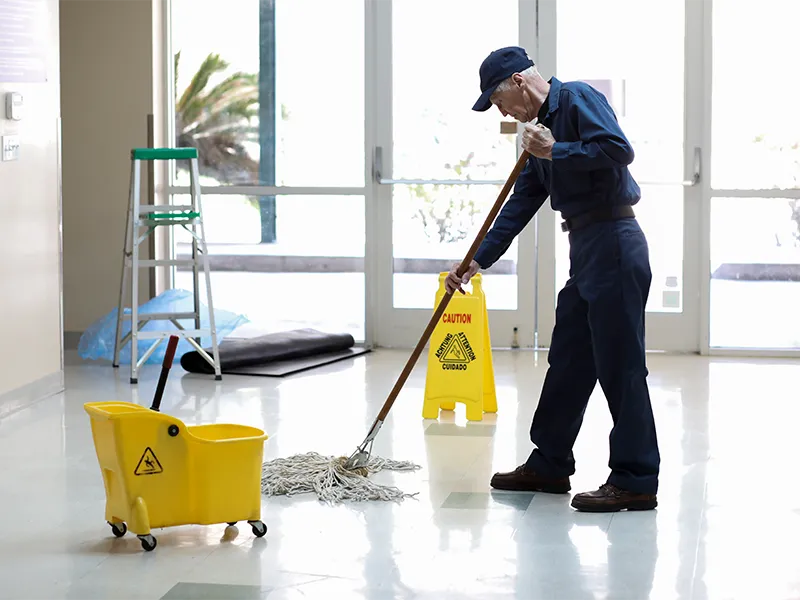ARP funds are an opportunity to build up communities by investing in public service workers

The American Rescue Plan, which AFSCME members helped make a reality and which President Joe Biden signed into law a year ago, provided $350 billion in funding to states, cities and towns.
Thanks to the ARP and additional federal assistance directed to communities across the country to counteract the impact of the coronavirus pandemic, many state and local governments are flush with cash. Elected officials must now decide how to spend those resources in the best interest of their communities.
One place to start would be to invest in America’s public workforce.
As the Economic Policy Institute (EPI) points out, nearly a third of state and local government workers are paid less than $20 an hour, and more than 15% of them are paid less than $15 an hour. These low wages impact workers who were considered “essential” during the pandemic and include child care workers and home care providers, workers in cleaning and maintenance occupations, office and administrative support workers, teaching assistants and more.
Investing in public service workers will help improve the public services these workers provide, and thus will benefit communities, EPI notes.
“New desks and textbooks are a good use of public funds, but raising wages for school staff is also a direct investment in education,” the nonprofit, nonpartisan think tank wrote on its website. “A new fleet of buses is one component of a more accessible and greener transit system, but the workers driving them are also worthy of investment.”
What’s more, investing in the public service workers that make our communities better will promote greater racial equity in pay. That’s because women and African Americans are overrepresented in the public sector, and especially in lower-paid positions.
“In addition to pay raises, state and local governments can better promote equity in the workplace by protecting and promoting their employees’ ability to join a union,” EPI also wrote. “Coming together with their colleagues is a key source of power that enables workers to advocate for higher and more equitable wages, safer working conditions, and better benefits.”
Investing with equity in mind isn’t just a good idea, it’s also what the U.S. Department of the Treasury is encouraging state and local governments to do with the federal funds they received.
“Federal funds provide a chance for state and local lawmakers to reverse course and build up communities by investing in proven approaches to safety, health, prosperity, and equity and by valuing the public employees who do that work,” EPI wrote.
Underinvestment in public services exacerbated the impact of the coronavirus pandemic – on schools, hospitals and more. Now that states and local governments have the resources to improve their communities and prepare for the future, they must begin by investing in their public workforce.
